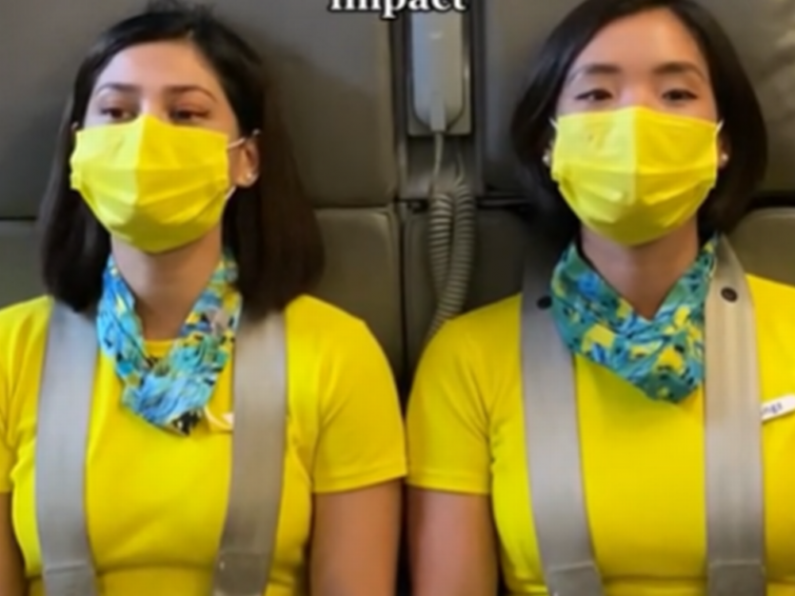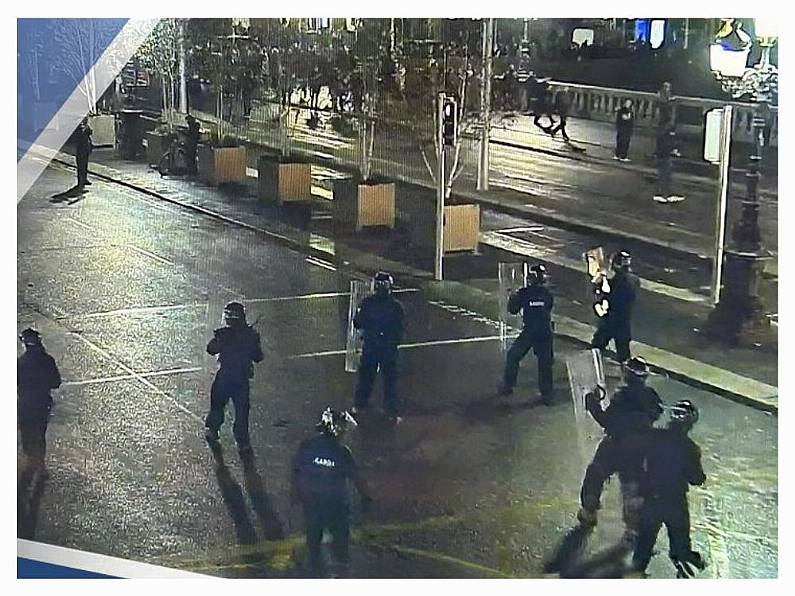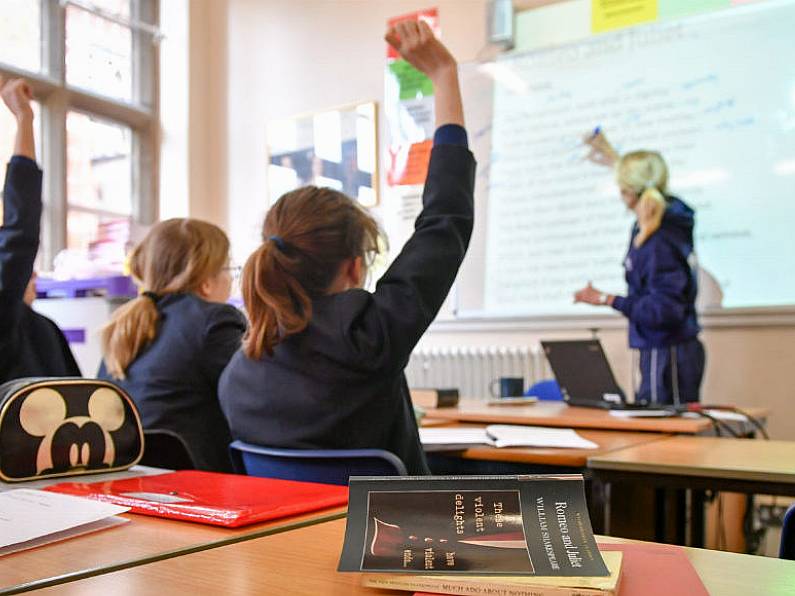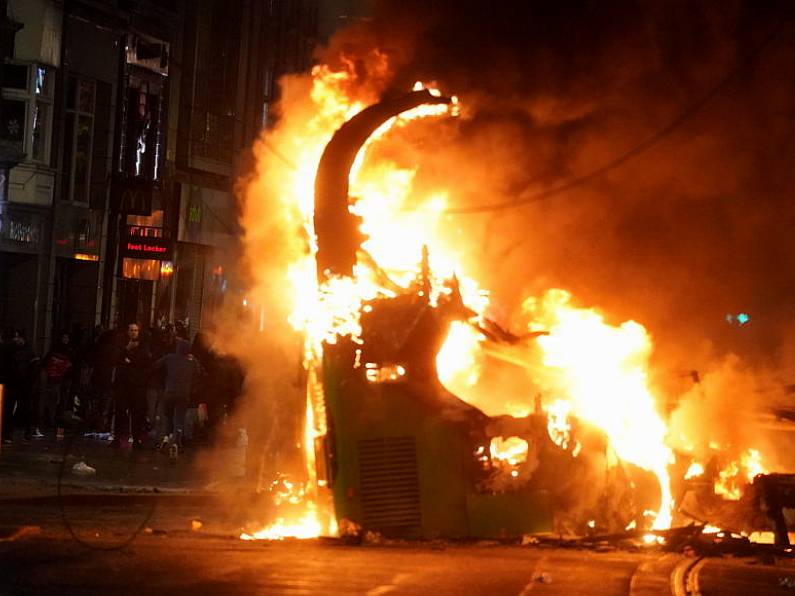A flight attendant has taken to TikTok the reasoning behind crew members sitting on their hands at take-off and landing.
If you a keen observer, you'd that flight attendants will be seated on the foldable jump seats - often facing the passengers - at the top of the plane with their hands fastened underneath their legs.
This is done during take-off, as well as landing, and it is a practice known as 'bracing' and it is incorporated into the training of flight attendants with good reason.
An account, on TikTok posted a video detailing the protocol: "Why do cabin crew sit on their hands while in their jump seats? Ever wondered why cabin crew sit like this during takeoff and landing?
"It is called ‘bracing position’. This position involves fastening the seatbelt securely, sitting upright, sitting on hands palms up and thumbs tucked. Arms loose and feet flat on the floor.
"The aim is to keep the body in a rigid pose so that if there was any impact from an unplanned emergency the body is damaged less. This keeps body movement restricted so that there is less chance of injury if there was an impact."
@_hennylim_ Why do cabin crew sit on their hands while in their jumpseats? Check this video out to know! Special guest for today’s video: Clare demecillo Follow my Official Facebook Page: “Henny Joyce Lim” Follow me on Instagram: _hennylim_ #fyp #HJL #cabincrewlife #bracingposition #cebupacific #groundstop ♬ Aesthetic - Tollan Kim
According to the Metro UK, avoiding injury is of vital importance for flight attendants because they could be the only people on a flight guaranteed to be certified in first aid.
If an emergency unfolds and in the unlikely event of a crash or heavy turbulence, flight attendants need to be able to use their hands.
The video further explains: "During this time, they will also be going through the 'silent review' which prepares them for an emergency situation every take off and landing. This includes being aware of emergency equipment in the location, door operation, commands given and any visual clues outside the aircraft."
It is advisable to follow the bracing procedure as it is the closest to protecting yourself on a flight






